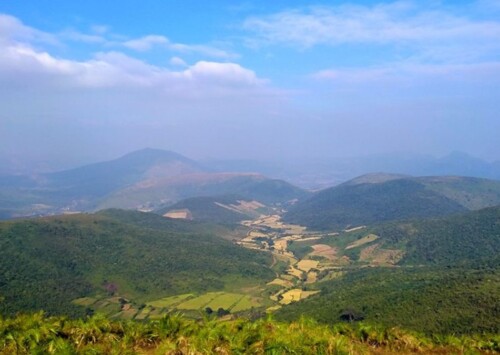Indian tourists’ perennial romance with Kashmir
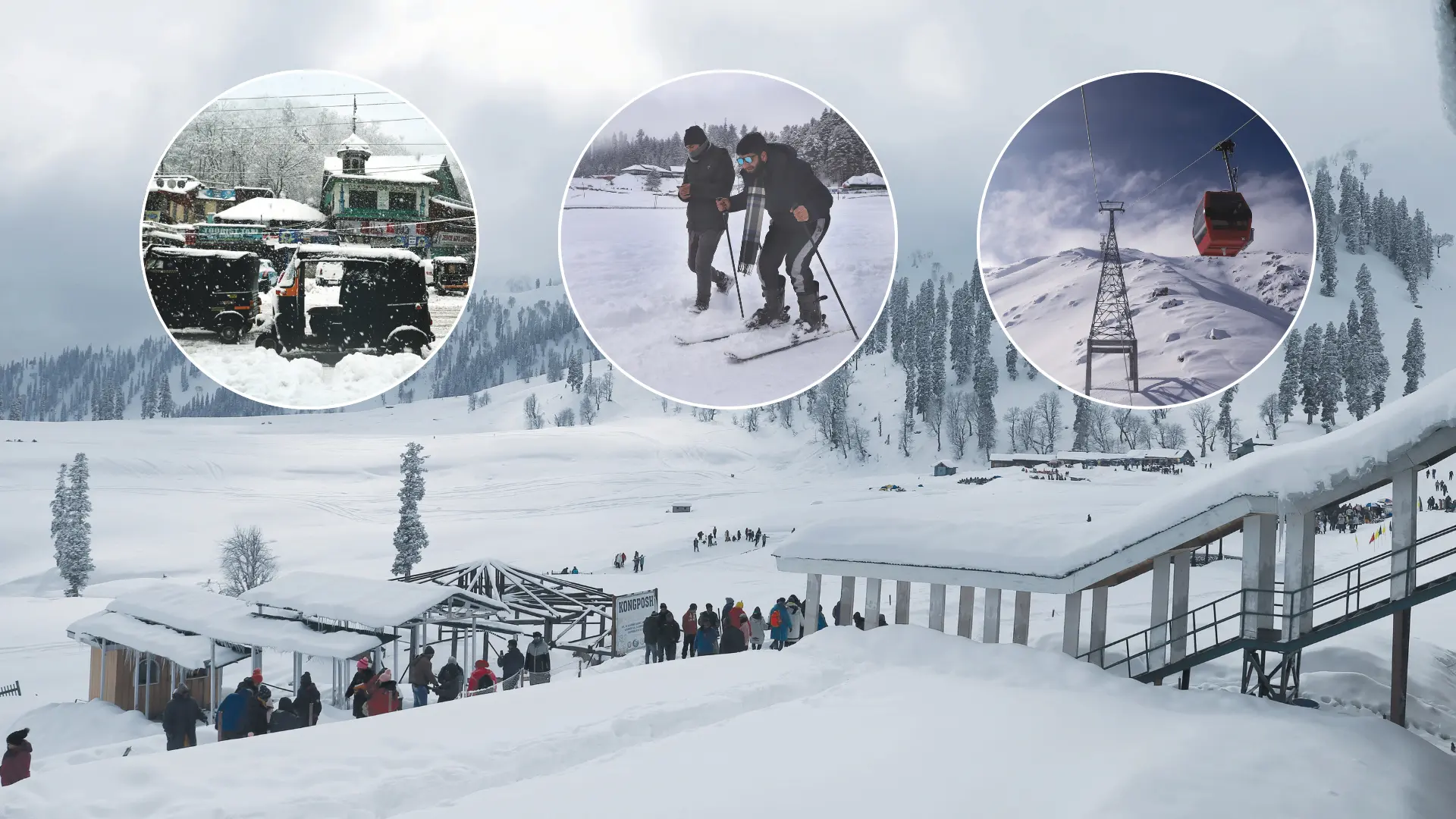
Kashmir has been a case of love at first sight, notably for directors of Indian films, who right from the 1960s have used the heavenly backdrops of the region as the setting for their films
For centuries, Jammu and Kashmir and especially the Kashmir valley, has been the ultimate dream destination for Indians. Its lush green meadows, majestic snow-capped peaks, captivating lakes in all possible shades of green and blue and the cool, fresh air makes the ‘paradise on earth’ an absolute must on every tourist’s bucket list, despite repeated incidents of violence. The terror attack in Pahalgam may have kept tourists away for a few weeks, but the valley’s spell over tourists is far from broken and they are likely to be back in swarms soon.
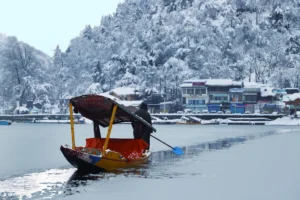
Kashmir has been a case of love at first sight, notably for Indian filmmakers

Kashmir has been a case of love at first sight, notably for directors of Indian films, who right from the 1960s have used the heavenly backdrops of the region as the setting for their films

Kashmir has been a case of love at first sight, notably for Indian filmmakers
Of the hundreds of millions of tourists that have visited Jammu and Kashmir, notably the Kashmir valley, the most prominent one is perhaps Jahangir, the fourth Mughal Emperor, who occupied the throne for 22 years from 1605-1627.
So enamoured was Jahangir with Kashmir that he famously said “If there is a heaven on the earth, it is here, it is here, it is here.” In his reign of 22 years, Jahangir visited Kashmir 14 times and he died, too, in the region, near Poonch, while on his way from Srinagar to Lahore. But Jahangir was not just a visitor, he also contributed to enhancing the beauty of Srinagar, by building multiple gardens, most notably the Nishat Bagh and Shalimar Bagh, which even 400 years later continue to attract throngs of tourists keen to see what could be the most beautiful gardens in the country.
Like it was for Jahangir, for millions of visitors subsequently, too, Kashmir has been a case of love at first sight, notably for directors of Indian films, who right from the 1960s have used the heavenly backdrops of the region as the setting for their films, with dozens of big hits from Kashmir ki Kali and Jab Jab Phool Khile in 1960s to Aap ki Kasam and Kabhie Kabhie in 1970s and from Mission Kashmir and Waqt in 2000s to Dunki and Fighter in 2020s.
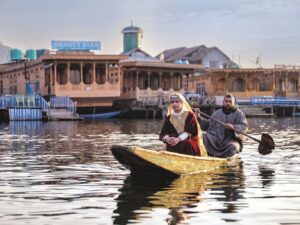
J&K received just over 2.5 million visitors in 2020 (Photo: Anuradha Chatterjee)
Backed by such powerful campaigns that Bollywood was running for the region, within no time, Jammu and Kashmir captured the imagination of every ordinary Indian citizen.
By 1988, the number of tourists visiting J&K had reached a then high of 722,000, including almost 60,000 from overseas. But the outbreak of armed insurgency in 1990 saw the number of visitors plummet to 10,772 which went further down to 8,520 in 1995.
But despite the violence due to insurgency, over time as the Indian economy grew, thanks to the liberalisation and economic reforms of 1991, which led to higher disposable incomes for millions, tourists began to return to the region and by the turn of the century, tourism to J&K had truly democratised.
By 2005, the number had recovered most of the losses due to the violence at the region received close to 590,000 visitors, almost entirely domestic. Then the pace accelerated and within five years, the number of visitors to the region more than doubled and stood at 1.3 million.
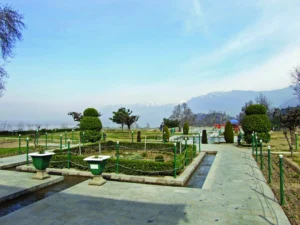
Kashmir remains the figurative and literal crown of the domestic tourism industry in India
Despite another bout of unrest in 2016, with the killing of alleged terrorist Burhan Wani, the tourists returned to Kashmir rapidly and in 2017, 1.2 million tourists visited the region.
In 2020, despite the lockdowns following the outbreak of Covid-19 pandemic, J&K received just over 2.5 million visitors, all of them domestic, which more than quadrupled the next year to 11.3 million tourists and subsequently posted a new high every year, with 2022 seeing 18.49 million visitors and 20.68 million in 2023. In 2024, the number of domestic visitors had further risen to 23.52 million visitors from other parts of India.
The number of foreign tourists was much more modest, mainly due to continued advisories posted by foreign governments warning their citizens against any travel to the region, citing its troubled past. Yet, the number of foreign tourists visiting the region had risen 13-fold from 5,317 in 2020 to 65,452 in 2024.

Abhijeet Patil
With over 9.6 million tourists in the first five months of the current year, J&K was firmly on its way to another record season, after having scaled postpandemic highs every year from 2021 onwards. But the attack in Pahalgam brought tourism crashing down immediately as hotel occupancy, not just in Pahalgam but also Srinagar, Gulmarg and other key tourism spots down from 100 pc to low, single digits.
Abhijeet Patil, Chairman of Raja Rani Tours and Travels, a Mumbai-based travel agency, knows a thing or two about how volatile tourism to Jammu and Kashmir can be. After all, he is a second-generation tourism professional with specialisation of the subject, as his father, who founded Raja Rani Travels, well over 70 years ago, was a pioneer in putting J&K on the tourist map for people in Mumbai and western India.
In the past seven decades, the company has evolved from being just another travel firm to an aggregator for many others in western India and a specialist of Kashmir, working closely with the local government in helping expand its source markets.
Crowning glory of Indian tourism
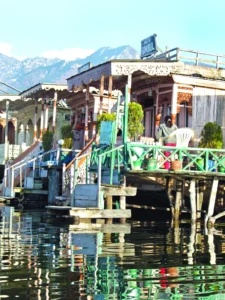
Kashmir is evolving to meet tourists’ aspirations
Despite the ups and downs, Kashmir remains the figurative and literal crown of the domestic tourism industry in India.
“Kashmir is our bread, butter and jam, as nearly 70 pc of our eggs are in the Kashmir Basket. It is very big today, 72 years and counting. We have been playing primarily as tour operators, but in the last decade and a half, film, wedding and event-based tourism are something which we are now promoting. And this year we have taken up the mantle of the General Sales Agent (GSA) for the Shere-e-Kashmir Convention Centre in Srinagar, so as to start promoting MICE tourism to the region,’’ Patil tells India & You.
Patil says that tourism to the region has always been a journey of booms and busts, with the scenic beauty and unique appeal of the destination acting as a magnate strong enough to pull-back tourists even after the worst of incidents and setbacks.
‘‘It has been the biggest cash cow for us, per se, and really playing across so many verticals has not been a challenge because the whole ecosystem of Kashmir, whichever party comes to power supports us, encourages us and that way work has been on a trot. Kashmir itself has had a difficult three decades. Two steps forward, three steps back situation every time some incident happened, like when Burhan Wani was shot dead or when Article 370 of the Constitution was abrogated, it put everything in a back seat and of course the Pahalgam attack. So anytime such things happen, it does affect the business,’’ Patil admits.

Sameer Baktoo
Sameer Baktoo, Managing Director of India Travel Connection, a leading Destination Management Company, located in Sringar, is also Chairman of Jammu & Kashmir Chapter of Travel Agents Association of India, the oldest and the largest association of the travel and tourism industry of India.
Baktoo says that the travel to Kashmir had been booming before the attack in Pahalgam and has shown signs of revival since the attack as well. “Before the attack, tourism in Kashmir was thriving.
The Valley was seeing vibrant activity, with travellers exploring not only traditional places like Srinagar, Gulmarg, and Pahalgam but also venturing into new, unexplored areas. Compared to previous years, the momentum was strong, and Kashmir had firmly re-established itself as a top-choice destination for domestic travellers,” Baktoo tells India & You.

Shalini Bajaj
Shalini Bajaj, Owner of Mumbaibased travel firm, Journey N Beyond,which deals a lot with overseas visitors, including Non-Resident Indians, says that for her company as well demand for Kashmir had been very robust over the past few years.
“Kashmir is an extremely important destination for Indian as well as international travellers. It is a perfect blend of history, culture and religion, scenic landscapes, snow-capped mountains, lakes, great food, fantastic weather, beautiful local handicrafts, adventure sports and locals who are extremely friendly. It is a destination that ticks all the boxes. In the last 5 years, Kashmir has seen a significant political and development shift. Yes, there have been security challenges, but there has also been tremendous infrastructure development in the form of better roads being built and tunnel constructions. There is a major effort to boost the economy and tourism. Social media has also played a very big role. All this has led to a change of image of the region,’’ Bajaj tells India & You.
She adds that the destination has proved to be so captivating that many of her clients end up being repeat visitors and ambassadors for the valley. “We have our guests who have visited 3-4 times themselves and some are going back as we speak. We also have a lot of NRIs and foreigners who are going to be visiting in September and October this year,’’ she adds.
Come, fall in love
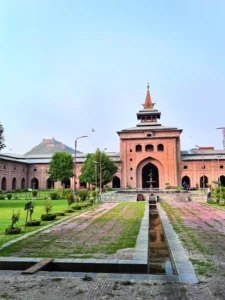
The scenic beauty and charm of Kashmir is unparalleled
There are many factors that make Kashmir a must-visit destination for any visitor, Indian or foreign. The scenic beauty that captivated the Mughal Emperors enough for them to literally move their capital for months a time to the heavenly valley still mesmerises the visitors. It is a place to come and fall in love. No wonder, for most couples, Kashmir is the first preference, be it for their honeymoon or just to spend some romantic time with each other. The warmth of the locals melds with the beauty of the place, to make the offer unbeatable.
“There is an emotional bond that travellers have with Kashmir. The timeless beauty of its mountains, lakes, and meadows, coupled with the unmatched warmth and hospitality of its people, draws visitors back, again and again. While isolated incidents do occur, most travellers understand that the overall experience in Kashmir remains peaceful, memorable, and deeply enriching,” says Baktoo.
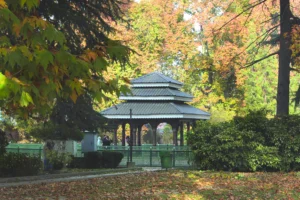
For Indian newlyweds, Kashmir is the first preference for their honeymoon
“The reason for this is that within a span of three hours and within the country you are in the most heavenly place on Earth with breathtaking beauty and a great weather. The Dal Lake, Gulmarg, Pahalgam, Sonamarg are all a big draw to bring people back and the cherry on the cake is the warmth of the local Kashmiris. They are extremely welcoming and also will not hesitate to invite you into their homes after meeting you for the first time itself. They will go the extra mile to see that you are comfortable,’’ says Bajaj.
Patil says that there are many other factors that drive tourism incessantly to Kashmir. “First and foremost, the scenic beauty and charm of Kashmir is unparalleled. Moreover, if you see any other hill destination in India, it does not offer you this kind of logistical ease. Srinagar is the only airport which allows big planes to come in. On the day of attack in Pahalgam, there were 60 flights at an average coming into Srinagar every day. Moreover, besides sightseeing, Kashmir also has lot to offer in terms of handicrafts, horticulture and cuisine,” he adds.
Changes in tourism patterns
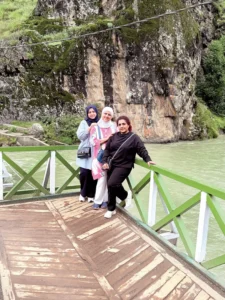
Travel to Kashmir had been booming before the attack in Pahalgam and has shown signs of revival (Photo: Shalini Bajaj)
Over the decades, both Kashmir and the tourists visiting the valley have evolved. While earlier Kashmir was mainly a summer destination, now it has become an all-year-round destination. “When my father ran the organisation, there used to be clear spikes. You had busy season in April-May and then you have the September-October season. Now, it is a very undulating kind of a thing where throughout the year, tourists are turning and even in winters, hotels in locations like Gulmarg and Srinagar register 100 pc occupancies,” says Patil.
“Today’s travellers want more than just sightseeing, they are seeking unique, meaningful experiences. Whether it is staying in homestays, exploring heritage routes, enjoying seasonal festivals, or trying local cuisine, Kashmir is evolving to meet these aspirations. The tourism offering has expanded significantly beyond traditional packages, and travellers are increasingly opting for offbeat destinations and immersive experiences,” says Baktoo.
Road to recovery
While in the immediate aftermath of the terror attack, travel to Kashmir did come to a near-standstill, but within weeks, there have been signs of a recovery, with Omar Abdullah, Chief Minister of Jammu & Kashmir, leading the recovery efforts from the front.
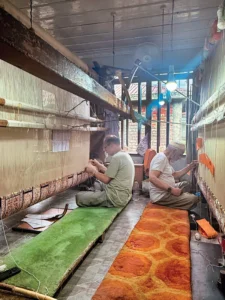
The resilience of both the tourism industry and the local people to revive tourism has been inspiring
Patil says that in collaboration with the state government and local hospitality and tourism stakeholders, a lot of work has been put in place to restore the confidence of visitors and as well as the travel trade from other parts of India that Kashmir was safe for them to send in their clients.
Baktoo says that he saw greenshoots of recovery within days. “The Pahalgam incident was a tragic and deeply unfortunate event that naturally led to some disruption in travel plans and tourist confidence. However, the resilience of both the tourism industry and the local people has been inspiring.
Within weeks, with strong support from the government, security agencies, and travel stakeholders, the region started seeing tourists return. We are already witnessing a steady revival in confidence and footfall across key destinations,’’ says Baktoo.
“I am someone who visits Kashmir every year without fail! I strongly believe that one must visit the destination. Disregard what the media is telling you and go and see the ground reality. I travelled a few days back to Kashmir and we were three women travellers and not for a second were we made to feel that we made a wrong decision. We had the time of our lives and were out till 22:30 in the night with no worry at all! Kashmir and Kashmiris need tourists back. Their livelihood depends on it and it is definitely not the Kashmir we have seen and heard of earlier during the unrest. Kashmir is safe to visit,” says Bajaj.
Patil is betting on the festive period for the throngs of tourists to return to Kashmir in big numbers. “The Diwali Dusshera period is something which we are betting very heavily. So, my prediction that it will bounce back faster than what others were giving credit is hopefully going to see the light of day,’’ he says.
Sitting at important cross-roads in trans-Asian routes, for centuries Kashmir has been accustomed to armed attacks and violence. But no amount of violence has ever managed to curb its mesmerising allure. Just as the paradise on earth kept its hypnotising grip over Jahangir throughout his life, it will forever keep on attracting millions of visitors, from across India or other parts of the world. For them, this paradise won’t ever be lost!

